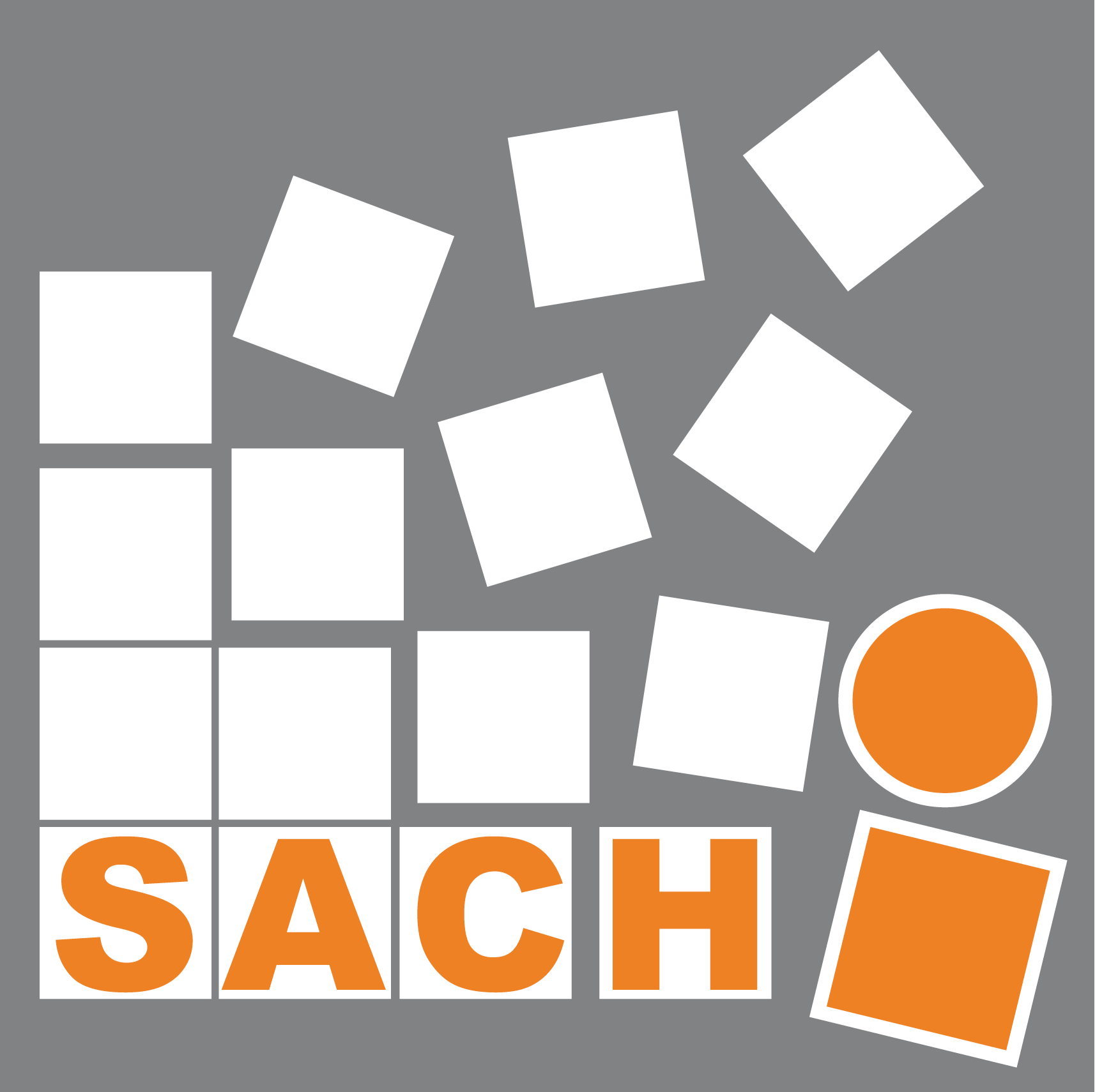<!–Speaker: Per Ola Kristensson, SACHI, University of St Andrews
Date/Time: 1-2pm April 12th, 2011
Location: 1.33a Jack Cole, University of St Andrews (directions)–>
Abstract:
Text entry methods are designed with attention to two objective functions above anything else: high entry rates and a low error rates. However, similar to most other user interfaces, it is likely that users’ satisfaction in using them and ability to use them effectively is the result of many more design traits. This point becomes particularly important to consider when we observe that, despite literally hundreds of mobile text entry methods being proposed in the literature, extremely few of these have gained wider user adoption. To understand why this is, we propose a framework for designing and analyzing mobile text entry methods. Using this framework we analyze the traits of mainstream text entry methods and find that two traits stand out: familiarity and a high effective entry rate. While familiarity is important to consider, too much emphasis on it may risk trapping us forever in a local optimum with multiple similarly performing text entry methods (the so-called path dependency phenomenon). Therefore it is also important to consider the high effective rate. However, what is a sufficiently high entry rate? We propose limiting the search for ever higher entry rates by targeting the inviscid entry rate: the entry rate in which users’ creativity rather than the text entry method is the bottle-neck for efficient text entry. Via a crowdsourcing experiment we have estimated the population mean of the inviscid entry rate to about 50 wpm. When mobile text entry methods have reached this point it may be more worthwhile to consider alternative design dimensions that are currently neglected, such as robustness, comfort and user engagement.
About Per Ola:
Per Ola Kristensson is a Lecturer in Human Computer Interaction at the University of St Andrews. Previously he was a Junior Research Fellow at the University of Cambridge.


